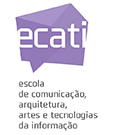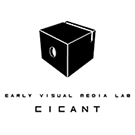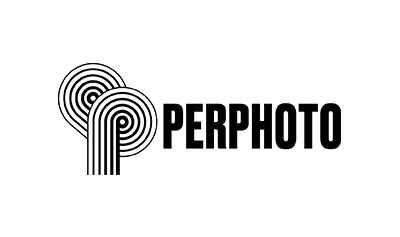Stereoscopy’s impact on the making of special effects and visual effects in films [EN]
Esther Jacopin
Stereoscopy is an optical technique that fools the audience, giving them the impression that what they are watching really is in 3D. The three-dimensional aspect of the scene even appears as an evidence the very moment the audience put their glasses on: stereoscopy does not hide the device that make it works. On the contrary, special effects (SFX) and visual effects’ (VFX) tools, devices and workflows must remain invisible to make the audience believe that the characters are walking on the Moon or that they are seriously injured after an accident. Like magic tricks, the audience must only see the result: the film’s credibility is at stake.
Nowadays, in the digital film era, most stereoscopic 3D films contain SFX, and VFX shots. How do filmmakers make these illusions working altogether within a film, while saving images’ consistency? This presentation aims to study the impact of stereoscopy on film production and post-production workflows, focusing on the making of SFX, that are made “for real” on set, and VFX, that are achieved digitally during the film post-production. We propose, instead of analysing the aesthetic result of making a film in stereoscopic 3D, to explore how it changes cinematographic techniques and how cinema technicians manage to adapt their savoir-faire to make these illusions cohabit in a film’s images. This case-study will rely on witnesses from the production of French films Astérix and Obélix, and The Young and Prodigious T.S. Spivet. We will complete with elements from High Frame Rate stereo-3D films: Peter Jackson’s The Hobbit trilogy and Ang Lee’s last film Gemini Man.







